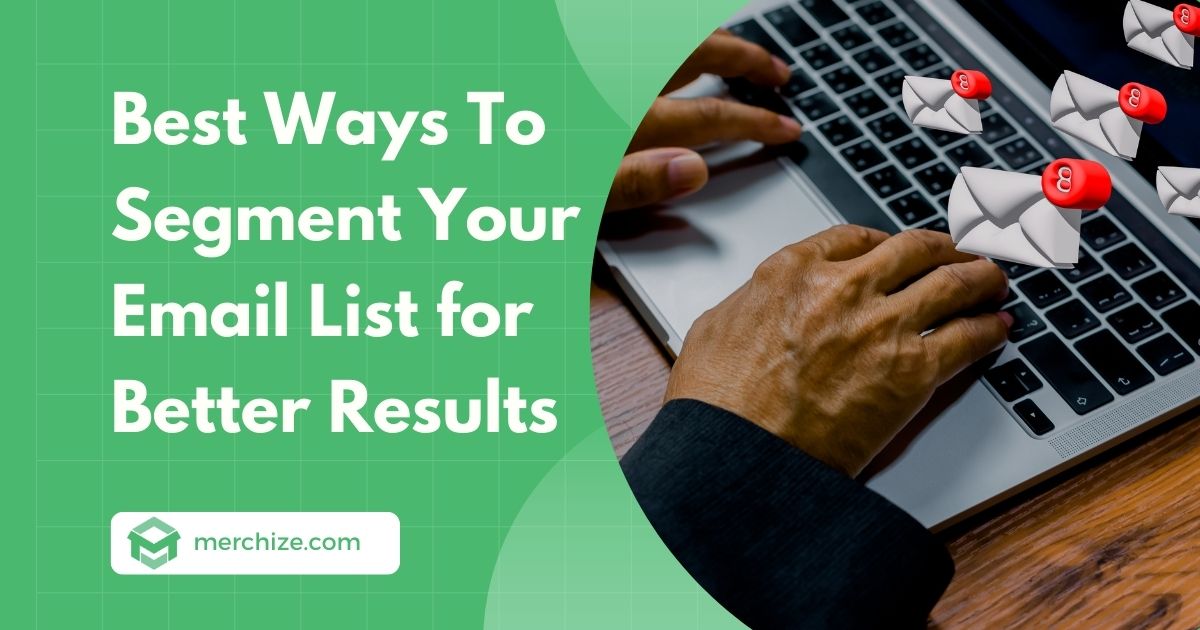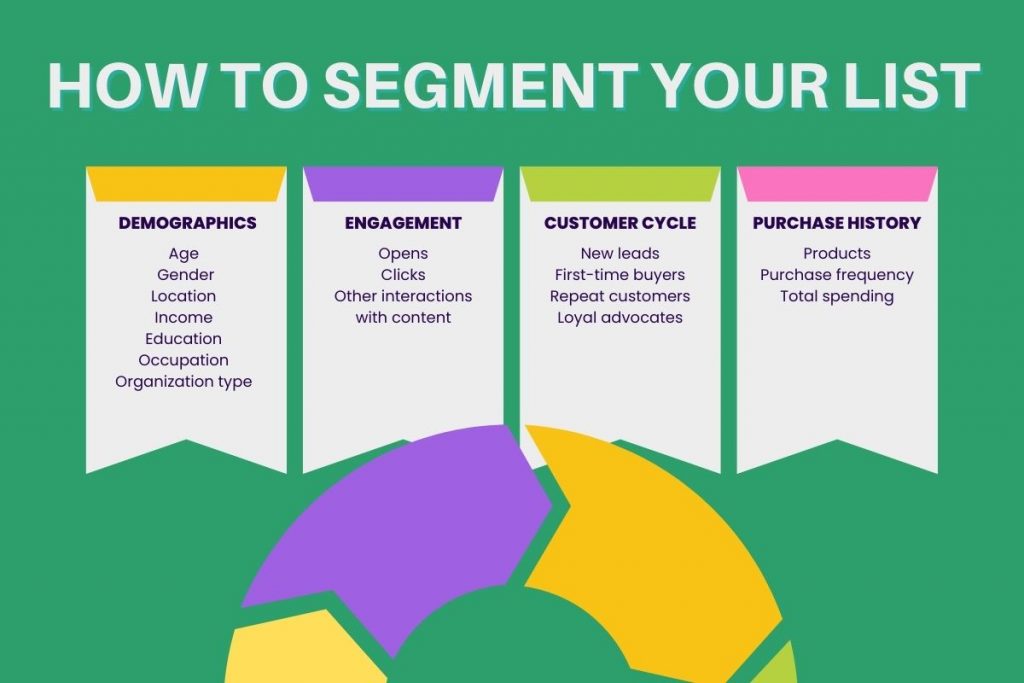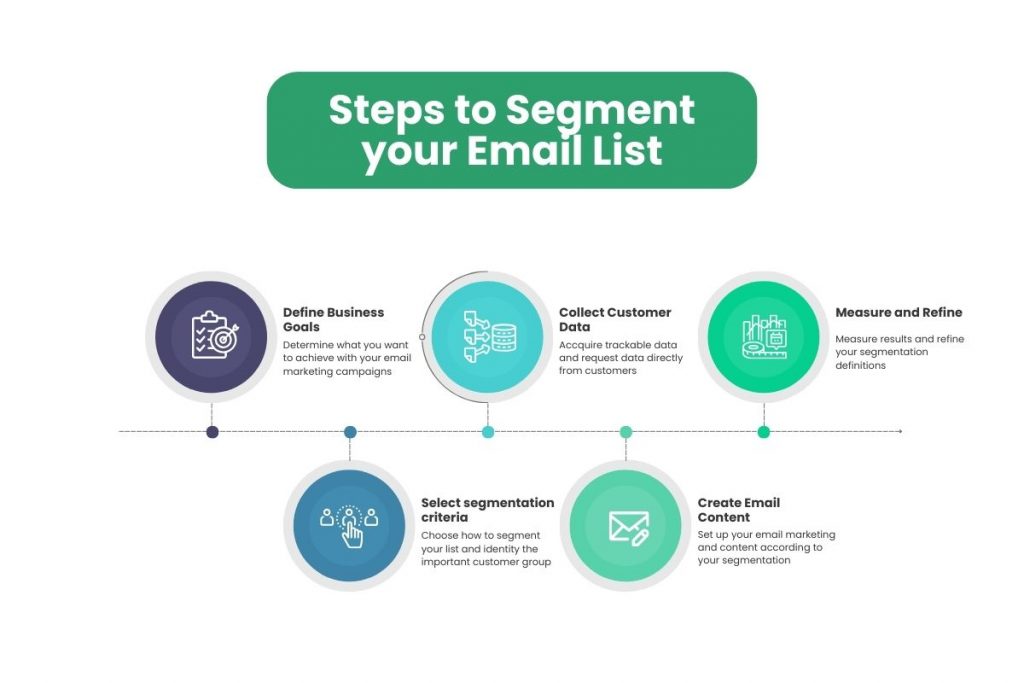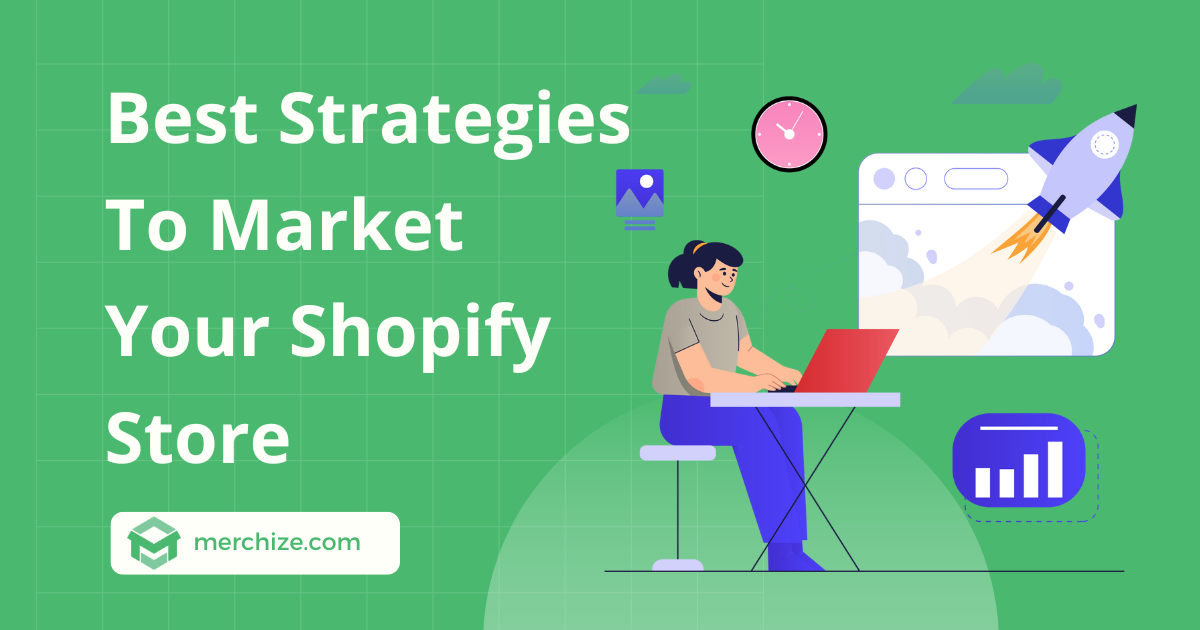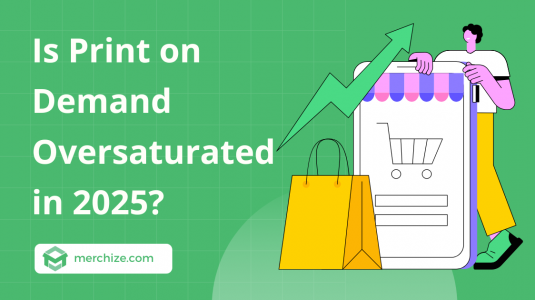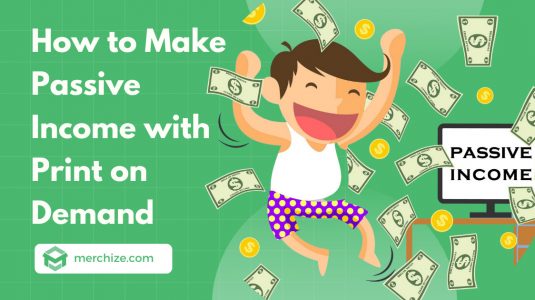Contents
1. Why is email segmentation important?
Segmentation is the key to a successful email marketing campaign. By categorizing your customer bases into different groups, marketers can create highly targeted email marketing attempts for better results.
- Harness the power of personalization: You can do more than just add their name to your email and call it a day. With segmentation, you can tailor your email content to specifically address individual preferences and characteristics. Through highly personalized content, you can create a stronger connection with your audience.
- Increase the engagement rate: The key to pushing up your email engagement rate is to speak to their concerns or desires which might vary widely across your customer base. But after you segment your groups and identify each group’s interests and expectations, you can create email content that customers would actually open, click, and buy.
- Increase deliverability, and reduce unsubscribe and spam complaints: If you are sending irrelevant mass emails to a large group of customers, it is likely that your email will end up in the spam box. Even when your email makes it to your customer’s inbox, as just they found out that this little email has nothing to do with their situation and interest, they will definitely hit the unsubscribe button. Keeping your mail strategy highly targeted with segmentation will help you avoid spam complaints and get more efficient.
- Optimize retention rate: Email marketing is the best way to connect with customers who have bought from you. By segmenting these old customers, you will be able to promote the right products to the right customers, hence, increasing the retention rate of your store.
- Increase conversion rate: By increasing engagement, utilizing personalization, and improving relevance, segmentation will help to boost your conversion rate after all.
- Increase ROI: With carefully planned email campaigns, you will be able to get the best results for each email you end. It also means more efficiency and better financial returns for your marketing efforts.
2. How to segment your email list
There are different approaches to segmenting your customer base. Each approach will help you achieve different goals. Now let’s see how each type of segmentation can boost your business.
Segment based on demographics
How to segment: Divide your email list based on demographic characteristics such as age, gender, location, income, education, occupation, or organization type.
For example, you can segment B2B customers and B2C customers into two groups. Obviously, for B2B, smaller offers on retail prices aren’t what they are looking for. Instead, they will be more interested in exclusive details for bulk orders or business-centric tutorial sessions or webinars
When to use: Demographic segmentation is one of the most common ways to group your customer base. If you have already figured out your customer personas based on demographic factors, you can segment your email list accordingly.
Why you should use this:
This method is quite straightforward and easy to execute. With basic information about the customers, you can categorize them into different segments.
People in the same demographic group tend to share similar characteristics, behavior, and preferences. Depending on these characteristics, you can easily curtail your email to be more relevant to each demographic group.
Segment based on engagement
How to segment: Group subscribers based on their email engagement levels, including opens, clicks, and other interactions with content. You can also expand track engagement metrics beyond emails, on other channels for example, on social or on your website.
When to use: After running your email marketing campaigns for a while, you can narrow down your email list based on their engagement.
You should focus your efforts on subscribers with high open rates. Treat them like your loyal, important customers. Keep them updated with the latest product releases, and provide them with the hottest promotions and deals.
While inactive subscribers are not at the center of your plan, you should occasionally send emails to re-engage with them and pull them back in.
It is also highly recommended to send a gentle reminder along with incentives to customers who abandon carts.
Why you should use this: Segment your list based on their engagement now if you don’t want to waste your time and resources on customers who don’t seem to be interested in your emails. By focusing on those that really engage with your brand, you can rest assured that your email is delivered to the right customers and you can remain a healthy email list.
Segment based on customer lifecycle
How to segment: Divide your list based on where subscribers are in their customer journeys, such as new leads, first-time buyers, repeat customers, or loyal advocates.
- Personalized Onboarding: Welcome new subscribers and guide them through their first interactions with your brand.
- Nurture Leads: Send targeted content to move prospects down the sales funnel.
- Reward Loyalty: Acknowledge and reward your most loyal customers.
When to use: Employ lifecycle segmentation when you want to optimize your customer journey in each stage and assist them through your funnel as well as increase the retention rate.
Why you should use this: Customers at different points of their journey with your brand will have different expectations and knowledge of your brand. By delivering the right content that caters what their needs at different stages, from onboarding, nurturing, to when they become your loyal customers, you will be able to cater to their needs and move them through the sales funnel.
Segment based on purchase history
How to segment: Segment subscribers based on their past purchase history, including the types of products they’ve considered or bought, their purchase frequency, and their total spending.
- You can target the group of your best customers who purchase often and have higher-value orders. This is the most important segment in your list. Cater these customers with the latest product releases, offer exclusive details, or even hold special events for these VIP customers.
- You can promote and cross-sell products to incentivize repeat purchases by recommending relevant or complementary products based on their previous purchase.
- You can offer discounts or promotions for items subscribers have shown interest in.
- You can implement loyalty programs or exclusive offers for repeat, loyal buyers.
Purchase history segmentation centers around customers’ buying habits, allowing you to drive more sales and revenue.
When to use: Use purchase history segmentation when you want to target subscribers based on their buying habits, including the types of products they’ve purchased and their purchase frequency. It’s valuable for upselling, cross-selling, and customer retention strategies.
Why you should use this:
This is one of the best ways to identify the most valuable group of customers to your business and prune your email attempt to target the group of customers that can drive you the most revenue.
3. How to segment your email marketing list step by step
Decide your business goals
Before setting out to sort out your email list, you need to make sure that the way you segment your customers is aligned with your business strategy and goals.
Based on your goals, you can now identify the email groups that matter the most to your business. With focused and strategic segmentation, you will be able to make your emails more efficient and aligned with your goals.
It should be noted that with each goal, you should pick up a few relevant metrics to measure the effectiveness of your marketing efforts.
Select the right segmentation criteria
With a clear vision of what you want to achieve with your email marketing, you can segment your email list accordingly.
For example, if your business goal is to increase your retention rate, you can segment your customer list based on their purchase history and curtail your email with products that are relevant to each group of customers.
Collect customer data
After identifying the right segmentation strategy that would help you reach your goals, what you should do next is figure out how to collect the customer data and segment data as you wish.
Email marketing tools will allow you to collect data related to customers’ engagement and interactions with your email. For example, you will be able to identify people who open your email and people who click on your email. There are also a few other data points that you have already had access to.
If these data don’t include the metrics that match your goals, you can consider these two data-collecting methods:
- Acquire trackable data: There are a few data points that can be collected technically but haven’t been converted into actionable data. You might need to seek help from development teams to pull in these data.
- Request data directly from customers: With data points that you have no way to track, you will have to resort to finding the answer directly from your customers. You can do your gain this valuable data by using forms and surveys.
Also, don’t forget to require these data points in the first stage of your email collection funnel. For example, you can set up a simple form to ask your customers questions right after they register on your website.
Create segments
With all the data collected, you can now experiment and explore these data sets and create segments that matter to your business goals.
Create email marketing campaigns for selected segments
With each segment, you can create detailed email plans that cater to the specific needs and interests of the customers within a segment.
In your email plan, you should clarify the types of content as well as the frequency of your emails, along with other relevant details.
One important part that you shouldn’t ignore is figuring out how to automate your email flows. Automating your emails will help to organize your workflows efficiently and make sure that you won’t miss any important emails.
Measure results and refine
Your email marketing plan doesn’t end once your emails are sent. In fact, a large part of email marketing has to do with measuring results and refining your email plans.
Keep track of metrics like open rate, bounce rate, place order rate, and other engagement metrics to know what content keeps customers engaged more. It will help you to gain important insights that can be applied to improve your future campaigns.
Improvement can be done through:
- Refine your segment definition
- Run A/B test: One of the best benefits of segmentation is A/B testing. Closely monitoring your email A/B testings with different customer segments and observing the results, you will be able to better understand the behavior and preferences of each group, and better your email marketing strategy.
- Adjust your content, email title, and other elements in your email.
